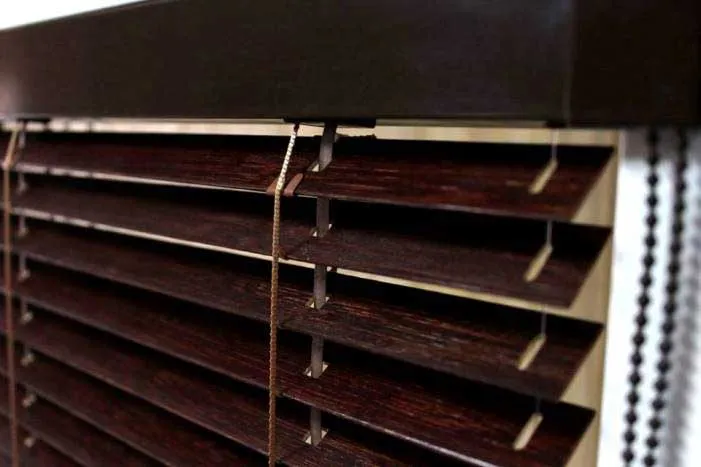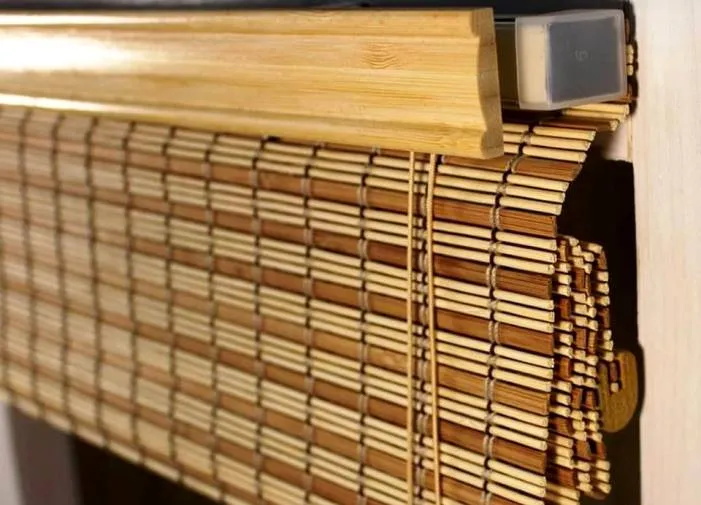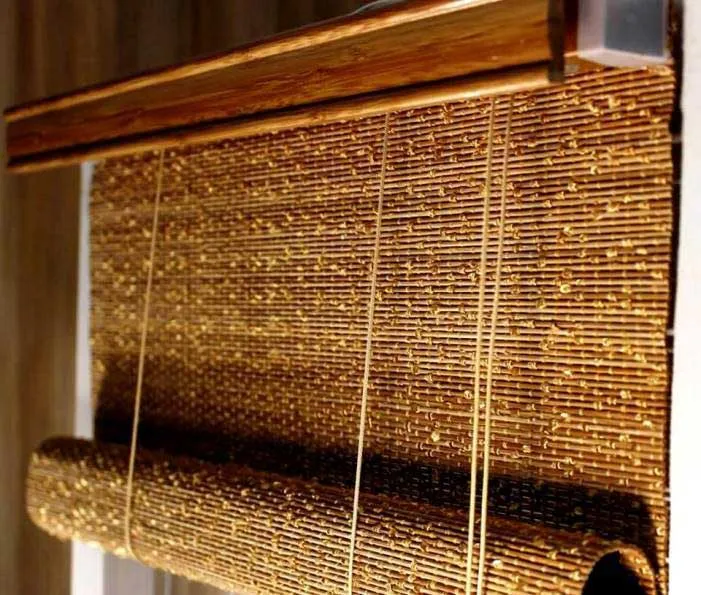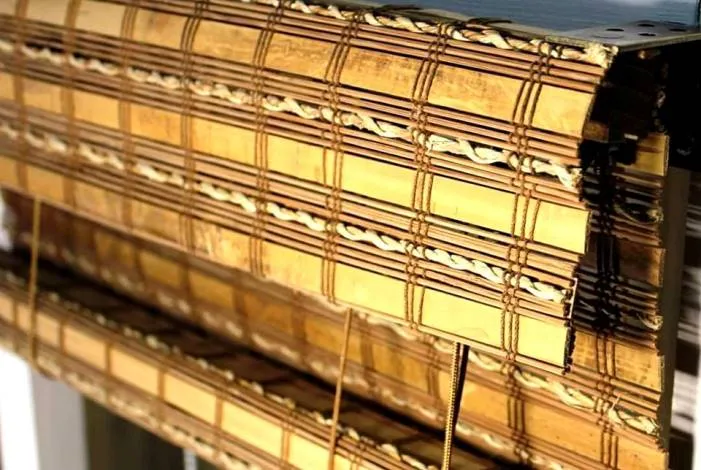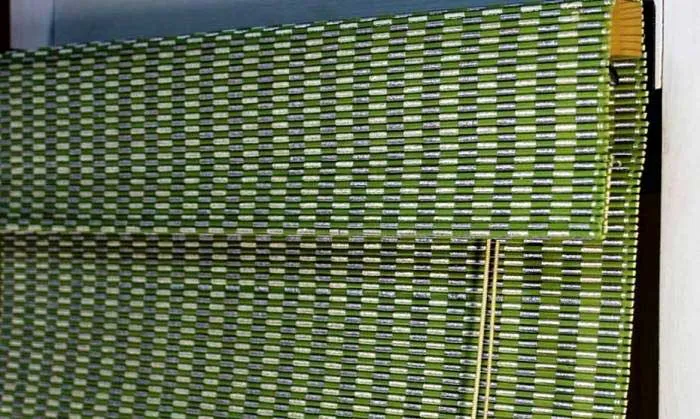Pleated curtains are a modern and relatively unusual sun protection system compared to roller blinds and curtains. The operating principle of pleated curtains is radically different, and therefore causes mixed feelings when choosing. In fact, if you need to cover classic rectangular windows, then the choice is quite large, there are options for roller blinds and blinds, different types of installation and a variety of fabrics, but if the windows are of any other shape, many questions arise about how best to close them. And if all the curtains look good from the street, then by covering, for example, triangular or trapezoidal windows with roller blinds, these windows turn into ordinary rectangles and lose their unusual appearance. It is in this case that pleated fabrics become one of the best options. Pleated systems can easily cover irregularly shaped windows, including triangular, trapezoidal or arched designs, while remaining fully functional with the ability to easily adjust light levels.
Operating principle of pleated
Pleated curtains have a wide range of available systems and assembly options. In some options, one or two fabrics and several profiles are used for fastening, in others there are special arches that allow you to assemble arched products.
The basis of pleated fabric, as in any curtains, is the fabric itself; there are a great variety of both standard and functional options for special functions. The fabric is placed between two aluminum profiles, which allow the product to be fixed. The pleated fabric itself resembles an accordion, thanks to which it holds its shape well, and the profiles create the necessary rigidity for fixing the fabric.
Thanks to these features, pleated curtains can be easily installed not only with horizontal, but also with vertical stripes, and opening is carried out accordingly, either vertically or horizontally to the side.
How to choose the right material for pleated curtains
When making pleated curtains, various fabrics are used with different levels of density and, as a result, with different levels of light transmission from 30% darkening to 100%. Therefore, when choosing, you should pay attention to natural light and make a choice, not only taking into account the color and texture of the fabric, but also its level of permeability. For windows on the sunny side or in the attic where the sun shines throughout the day, it is optimal to use day-night systems that use a combination of two fabrics, for example, 100% darkening and the classic version with 30-40% darkening. In this case, you will always have the opportunity to adjust the lighting level at any time of the year, be it the hot summer sun or weak winter light. Also, when using pleated day-night, you do not need to open the light opening, leaving it completely closed from prying eyes.
The main part of the pleated fabrics is made of 100% polyester, this is a synthetic material that is specially made for use in roller and pleated curtains, so the manufacturer can provide the fabric with the necessary characteristics in advance, because he knows the conditions for using the curtains. For example, polyester fabrics have good resistance to fading, and are also coated with special dust-repellent compounds that help preserve their appearance and make it easier to care for curtains in the future.
Thanks to the peculiarities of the fabric, pleated curtains can open in different directions, for example, windows on the first floors, where the frequent problem with prying eyes from the street is solved quite simply, the curtain opens in the upper part of the window from top to bottom while the lower part remains closed, so you get sufficient amount of light while maintaining complete privacy.
Pleated fabrics also come in a special “honeycomb” design, using double fabric that, when viewed from the side, resembles a honeycomb; it folds out like an accordion, but due to its characteristics, it creates small compartments with air inside the fabric that prevent the room from heating up. Thanks to such fabrics, in the summer, even on the sunny side, the room does not heat up.
Installation and system options
Before understanding the pleated installation options, let’s clarify an important point. All pleated systems are fixed using special L-shaped brackets; they can be with or without magnets, but the principle of fixation is always the same. The brackets are installed on the window frame using self-tapping screws and fix the aluminum profile, so the location of the brackets is often behind the profile. Horizontal blinds are installed using a similar principle, which are also mounted on special brackets.
Now that we have clarified how exactly the system is mounted, let’s look at one of the advantages of pleated curtains, namely the absence of side brackets as in roller blinds. That is, pleated fabric does not have additional protruding structural elements that extend beyond the edges of the fabric. For example, in roller blinds, side brackets are used to fix the system, which slightly increase the dimensions of the cornice and can reduce the opening angle of the shutters, but in the case of pleated curtains, such problems do not arise.
Installation of pleated panels is quite simple and depends on the version of the chosen system. Let's consider the possible options and the advantages of each of them:
Free-hanging is one of the simplest installation options; the upper profile is fixed with brackets, and the lower part remains free. This installation option is well suited for blind sashes or for installation on an opening; in this case, no additional fixation is required, it is enough to just close the light opening.
Tension - a special string is installed in the system, which runs inside the fabric from the upper brackets to the lower ones. At the same time, the system itself and the fabric are well fixed. Such systems are well suited for tilt-and-turn sashes or roof windows. The fabric does not sag thanks to the strings and its own rigidity, so you don’t have to worry that when you open the sash, the curtain will dangle from the wind.
Full fixation - a special system of strings passes through the pleated and magnets are installed on the brackets. When fully fixed, the product can be completely positioned on the strings without additional fasteners. This allows you to open both the top and bottom of the curtain at the same time. Such systems are very convenient when installed on large windows from ceiling to floor. In this case, the window can be opened both from the top and from the bottom, leaving the curtain in the center of the window. With the help of such systems it is very convenient to regulate the level of lighting in the room, as well as create unusual combinations of open and closed curtains on the windows.
Vertical arrangement - the profile for fastening the pleats is located vertically on the window, so that the folds of the fabric will also be in a vertical position. Such systems do not open from top to bottom, but from the side, that is, from left to right or vice versa. This type of system is perfect for installation on doors or large openings. In addition, the appearance of such curtains is quite unusual, which creates a unique interior design in the room and attracts attention.
Stationary systems - mounted on windows that are not planned to be opened. For example, for decoration, or as an addition to other types of systems. At the same time, the pleat is tightly fixed both at the top and bottom and does not imply the ability to open the window. This type of installation is successfully used on balcony transoms; in the upper part of the balcony there are small windows, they are quite high and small in size, so opening them is not very convenient and not advisable; in this case, a stationary system is installed in addition to the usual pleated windows. At the same time, the entire balcony looks holistic and stylish.
Day-night - pleated using two types of fabric on one product. Often, this option uses standard fabric complete with blackout, which makes the product more functional. The fabrics are separated from each other by an additional aluminum profile, which is located in the center of the product and can move either completely up or down to cover the window of one of the selected fabrics. In this case, the entire curtain can be lifted, like any other product, opening the window completely.
The combination of fabrics allows you to close yourself from prying eyes, but leave daylight with the help of transparent fabrics, and also using blackout fabrics you can achieve a 100% darkening effect or get rid of silhouettes on the windows in the evening when the light is on indoors.
Pleated curtains for roof windows
Pleated fabric has special properties; due to the presence of folds, it has transverse rigidity on its own, without the use of additional rods as in a Roman blind and other tricks.
Therefore, if the edges of the fabric are fixed with fishing line, it does not sag and holds its shape in any position. This makes it possible to install curtains on roof windows that are inclined, and the fabric will not sag. Also, thanks to the ability to close windows of non-standard shape, pleated curtains allow you to cover the entire attic using one type of fabric, thereby maintaining the integrity of the design of the room. Based on practice, rectangular windows are quite easy to close, but if they are installed next to triangular or trapezoidal structures, pleated windows are the ideal solution to close all window openings at once with the same products.
Don’t forget about glass roofs; not only the possibility of inclined installation is important here, but also the possibility of fixing products, where every centimeter of usable space must be used correctly.
Speaking about the durability and quality of products, you can also remember cars at home, they are always on the move and such houses require high-quality curtains that are not demanding in care and can easily survive constant moving. They most often use pleated curtains due to the rigidity of the fabric and minimal maintenance requirements; even if dirt occurs, it is enough to wipe the curtain with a damp sponge and it takes on its original appearance.
Pleated mounting options
Mounting on the wall (on the frame) - the curtain is fixed on the wall, covering the entire window opening along with all the sashes, or on the window frame. Thus, it becomes easy to cover the entire light opening with one product. In addition, large curtains covering the entire opening are a good solution in modern interior design.
Mounting on a sash - in this case, each curtain is installed on a separate sash. This option allows you to selectively change the level of lighting by opening certain doors. Also, with a large number of fabrics, you can use interesting combinations by combining curtains of different colors with each other.
Bottom line
Pleated curtains are universal products that provide a wide range of design options, ranging from variety in the choice of fabric to options for assembling systems and their installation. In addition to classic rectangular windows, they also allow you to close window openings of non-standard shapes from triangular and trapezoidal to arches and half-arches. In addition to technical advantages, curtains fully perform the necessary functions of sun protection, as well as convenient regulation of lighting in any room.
Pleated fabrics are well suited for offices as an alternative to conventional aluminum blinds and curtains, as well as for home interior decoration, thereby decorating window openings with the help of unusual fabrics.
